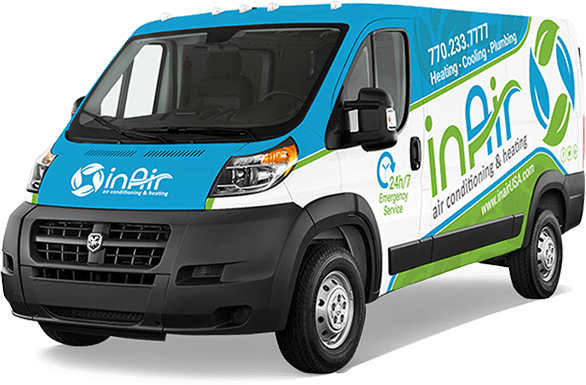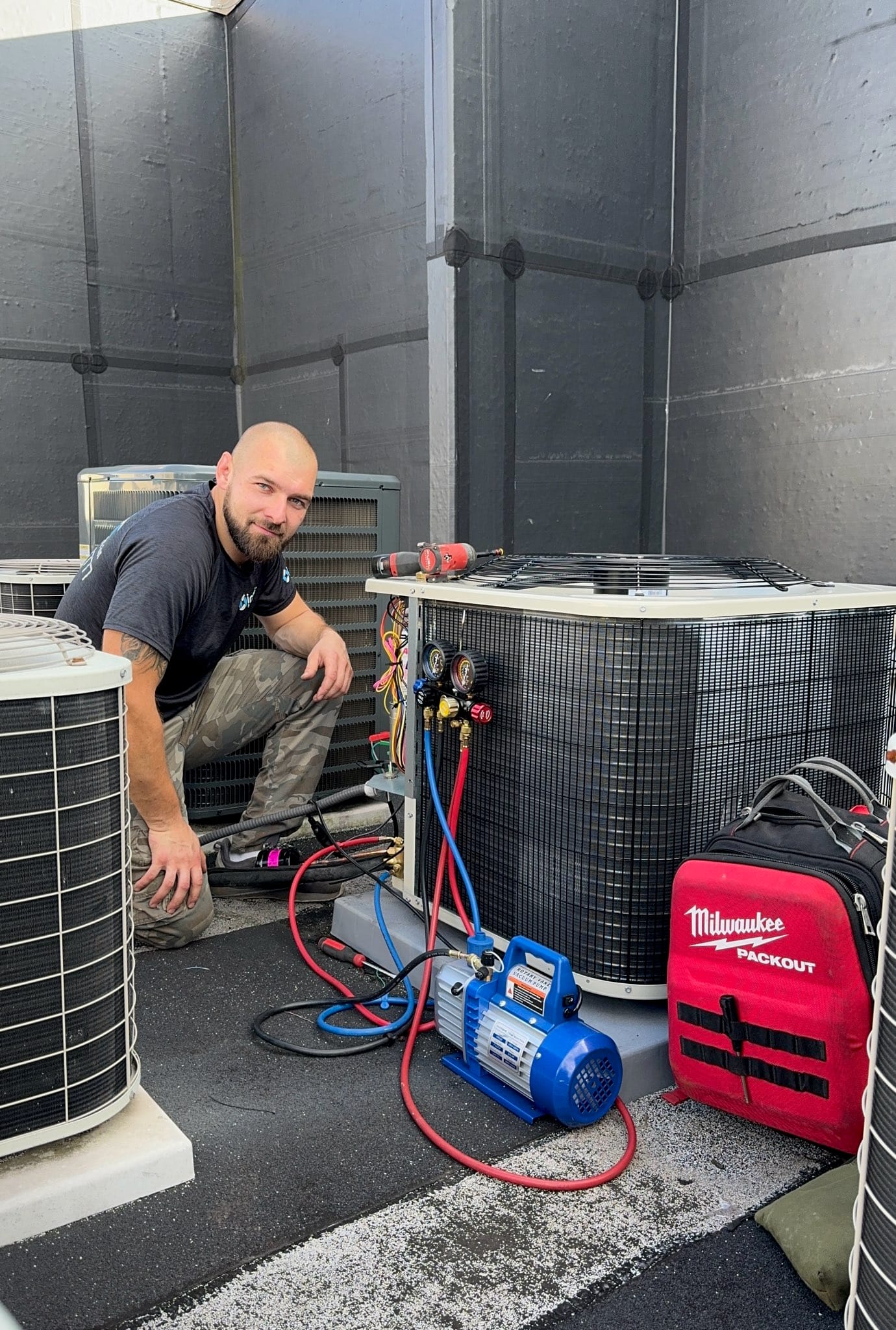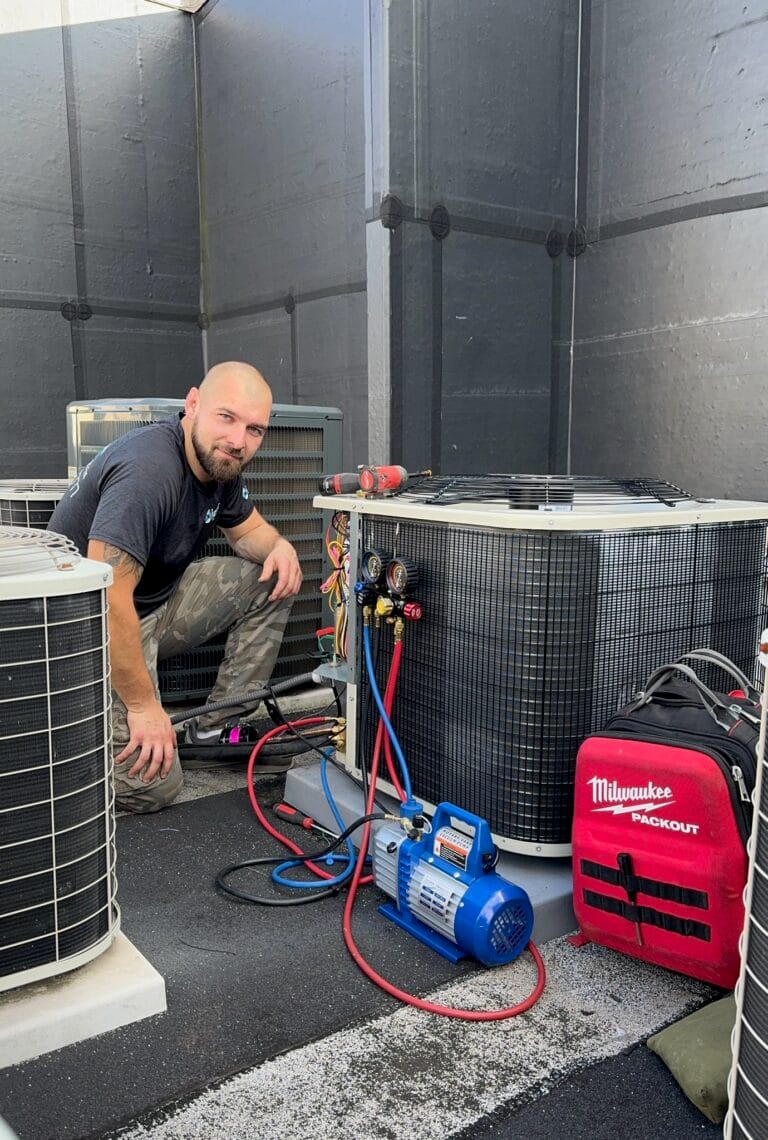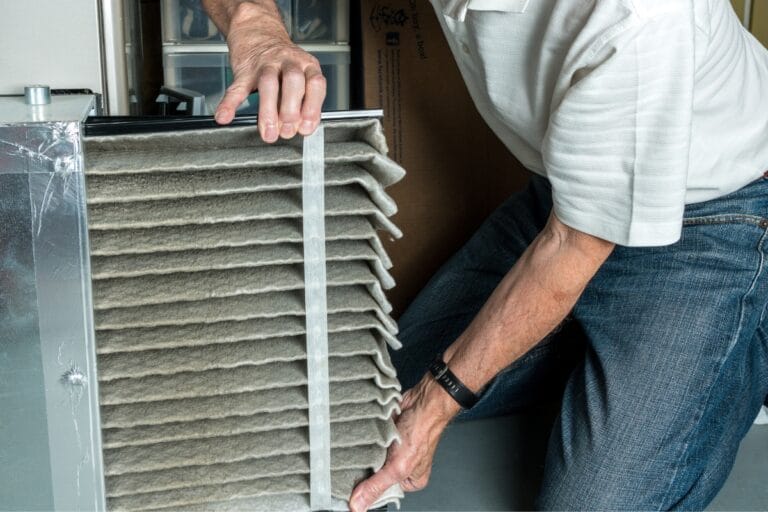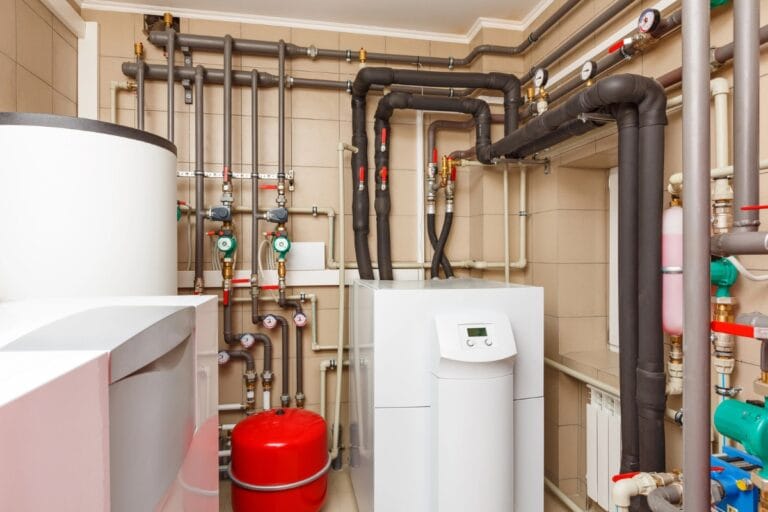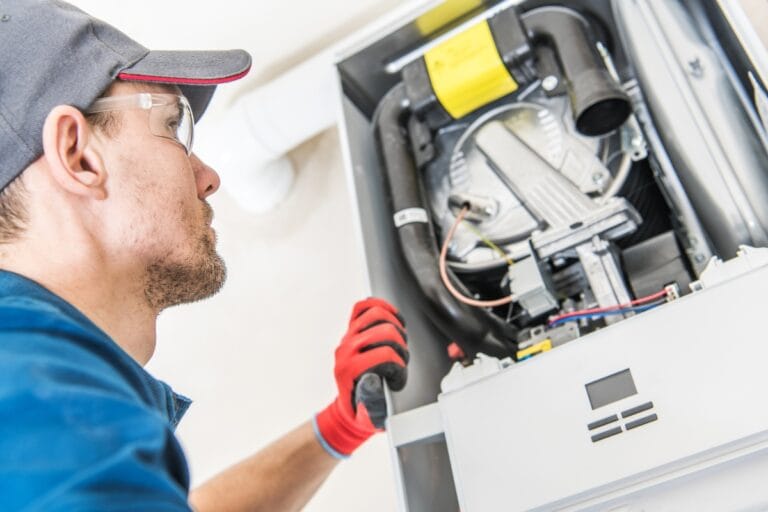Have you ever found yourself standing by the sink, waiting impatiently for hot water to finally flow?
Hot water recirculation systems are designed to solve this common problem by providing instant hot water throughout your home. These systems continuously circulate hot water in your pipes, ensuring that you don’t have to wait for the water to heat up each time you turn on the tap.
This blog post will educate you on how hot water recirculation systems work, their benefits, and why they might be the perfect solution for your home. By the end, you’ll understand how these systems can save you time, water, and money while enhancing your daily comfort.
Discover Hot Water Recirculation Systems
What is a Hot Water Recirculation System?
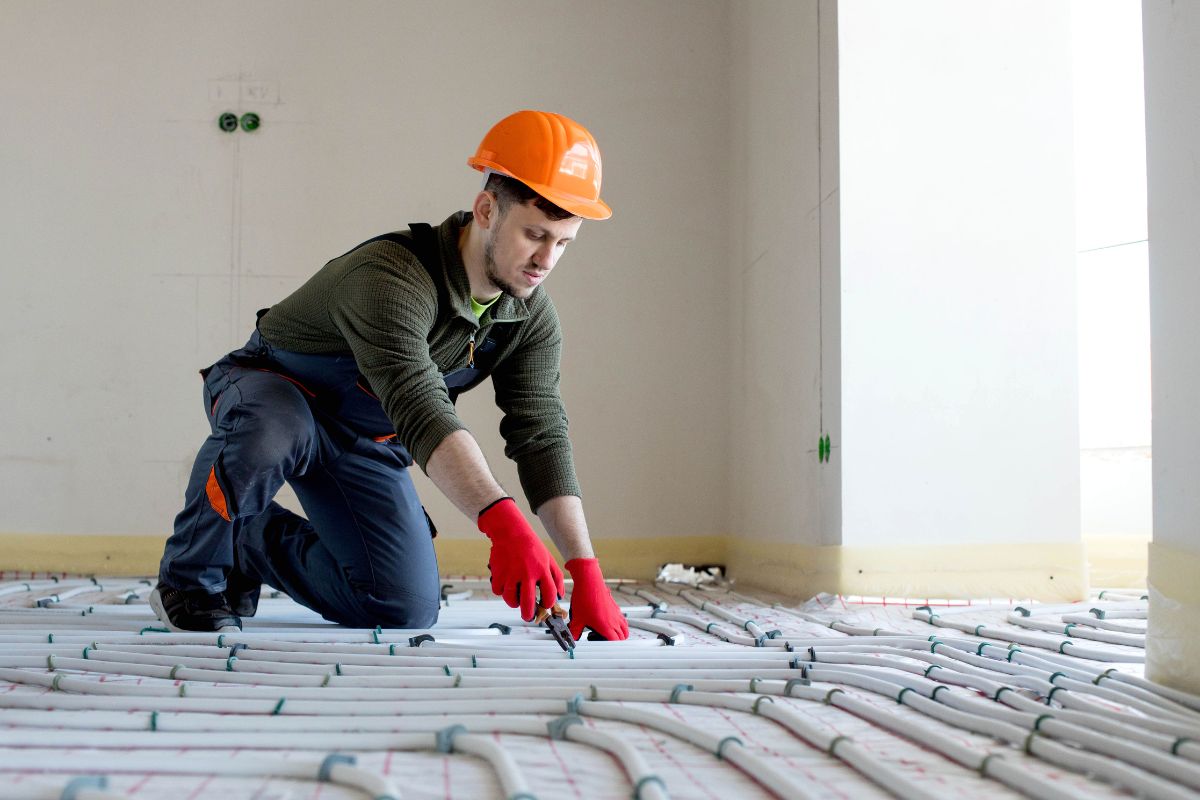
A hot water recirculation system is a system designed to provide you with instant hot water throughout your home. It works by continuously circulating hot water through your pipes so that when you turn on a tap, hot water is immediately available, eliminating the wait time and reducing water wastage.
Components
Hot water recirculation systems are made up of a few key components:
- Pump: The pump is the heart of the system. It moves hot water from your water heater through your pipes and back again, keeping the water in the pipes hot and ready for use.
- Timer: Some systems include a timer that controls when the pump operates, allowing you to set it to run during peak usage times, like in the morning or evening, to save energy.
- Pipes: The system uses a dedicated return line or your existing plumbing to circulate the hot water back to the water heater when it’s not being used.
Types
There are three main types of hot water recirculation systems: demand-controlled, timer-based, and continuous. Each type has its own advantages and is suitable for different needs and preferences.
- Demand-Controlled: This type of system activates the pump only when you need hot water. You typically press a button or use a motion sensor near your tap to start the pump, which circulates hot water through the pipes until it reaches your desired temperature. This method is very energy-efficient since the pump only runs when necessary.
- Timer-Based: Timer-based systems use a timer to control the pump. You set the timer to turn the pump on and off during specific times of the day when you are most likely to need hot water. This type ensures that hot water is available during peak usage times but saves energy by not running the pump constantly.
- Continuous: Continuous systems keep the pump running all the time, constantly circulating hot water through your pipes. This means you always have instant hot water, but it can use more energy compared to the other types. However, some continuous systems are designed with energy-saving features to minimize this impact.
Understanding these components and types can help you decide which hot water recirculation system best fits your needs and lifestyle, providing you with the convenience of instant hot water while saving time, water, and energy.
How Does a Hot Water Recirculation System Work?

A hot water recirculation system works by keeping hot water flowing through your pipes so that it’s always ready when you need it. Here’s a simple breakdown of how it operates:
- Circulation Loop: The system creates a loop in your plumbing, with one line dedicated to delivering hot water and another for returning it to the water heater.
- Pump Activation: The pump moves hot water from the water heater through the supply line. When the water in the pipes starts to cool down, the pump sends it back to the water heater to be reheated and replaced with fresh hot water.
- Control Mechanism: Depending on the type of system (demand-controlled, timer-based, or continuous), the pump will activate based on your usage patterns, a timer schedule, or continuously run to maintain the hot water temperature.
By constantly circulating hot water through your pipes, the system ensures that when you turn on a tap, you get hot water instantly without waiting for it to travel from the water heater to the faucet.
Energy Efficiency
Hot water recirculation systems can be more energy efficient than traditional water heating methods in several ways:
- Reduced Water Waste: Traditional systems often result in significant water wastage as you wait for hot water to reach the tap. By providing instant hot water, recirculation systems save thousands of gallons of water annually.
- Controlled Usage: Demand-controlled and timer-based systems only run the pump when necessary, minimizing energy consumption compared to a continuous system.
- Heat Loss Minimization: While continuous systems can use more energy, modern designs include insulation and advanced controls to minimize heat loss and energy usage.
Additionally, combining hot water recirculation systems with energy-efficient technologies like heat pumps can further enhance overall efficiency and reduce energy costs. Heat pumps are known for their ability to transfer heat efficiently, and when paired with a hot water recirculation system, they can provide an optimal solution for maintaining hot water availability with minimal energy use.
To further reduce costs associated with energy-saving retrofits, homeowners can take advantage of various rebate programs. The Home Energy Rebate Programs, introduced as part of the Inflation Reduction Act, offer significant financial incentives for energy efficiency and electrification projects.
Overall, while the pump does use some electricity, the savings in water and improved efficiency can offset this, making hot water recirculation systems a smart and eco-friendly choice for your home.
Benefits of Hot Water Recirculation Systems

Hot water recirculation systems offer a range of benefits that enhance your convenience, conserve water, save you money, and reduce your environmental footprint. They are an excellent investment for any homeowner looking to improve their home’s efficiency and sustainability.
Convenience
One of the primary benefits of hot water recirculation systems is the convenience they offer. Imagine never having to wait for hot water again.
Whether you’re washing dishes, taking a shower, or doing laundry, you get hot water instantly. This can significantly improve your daily routines, making your home life more comfortable and efficient.
Water Conservation
Hot water recirculation systems are excellent for water conservation. In a typical household, a significant amount of water is wasted while waiting for hot water to arrive at the faucet.
By circulating hot water through your pipes continuously, these systems ensure that hot water is immediately available, drastically reducing the amount of water that goes down the drain while you wait. This can save thousands of gallons of water annually, making a big difference in your overall water usage.
Cost Savings
By saving water, you also save money on your water bills. Additionally, because hot water recirculation systems reduce the time it takes to get hot water, they can lower your energy bills as well.
The less hot water you waste, the less energy your water heater has to use to reheat water. Demand-controlled and timer-based systems, in particular, are designed to be energy-efficient, running the pump only when necessary to minimize energy consumption. This can lead to significant savings over time.
Environmental Impact
The positive environmental impacts of hot water recirculation systems are substantial. By reducing water waste and energy consumption, these systems help conserve valuable resources.
Lower water usage means less strain on local water supplies, and reduced energy consumption means fewer greenhouse gas emissions from power plants. By installing a hot water recirculation system, you’re not only making a smart choice for your home but also contributing to a healthier planet.
Transform Your Home with a Hot Water Recirculation System
Hot water recirculation systems offer a seamless solution to the common frustration of waiting for hot water. Whether opting for demand-controlled, timer-based, or continuous systems, the benefits of instant hot water, reduced water wastage, lower energy bills, and eco-friendliness are compelling reasons to consider this technology for your home.
Investing in a hot water recirculation system not only improves convenience and efficiency in your home but also aligns with sustainable practices, making it a smart and eco-friendly choice for homeowners looking to enhance their quality of life while reducing their environmental footprint.
Ready to experience the comfort of instant hot water in your home? Let InAir Heating and Air handle your installation needs! We are dedicated to enhancing your home comfort with comprehensive HVAC solutions tailored to your unique needs. Trust InAir for all your HVAC requirements: from maintenance to repair, and installation.
Don’t wait another day for hot water to reach your faucet. Contact us now to get started! We can’t wait to help you elevate your home comfort with InAir’s superior HVAC services.




